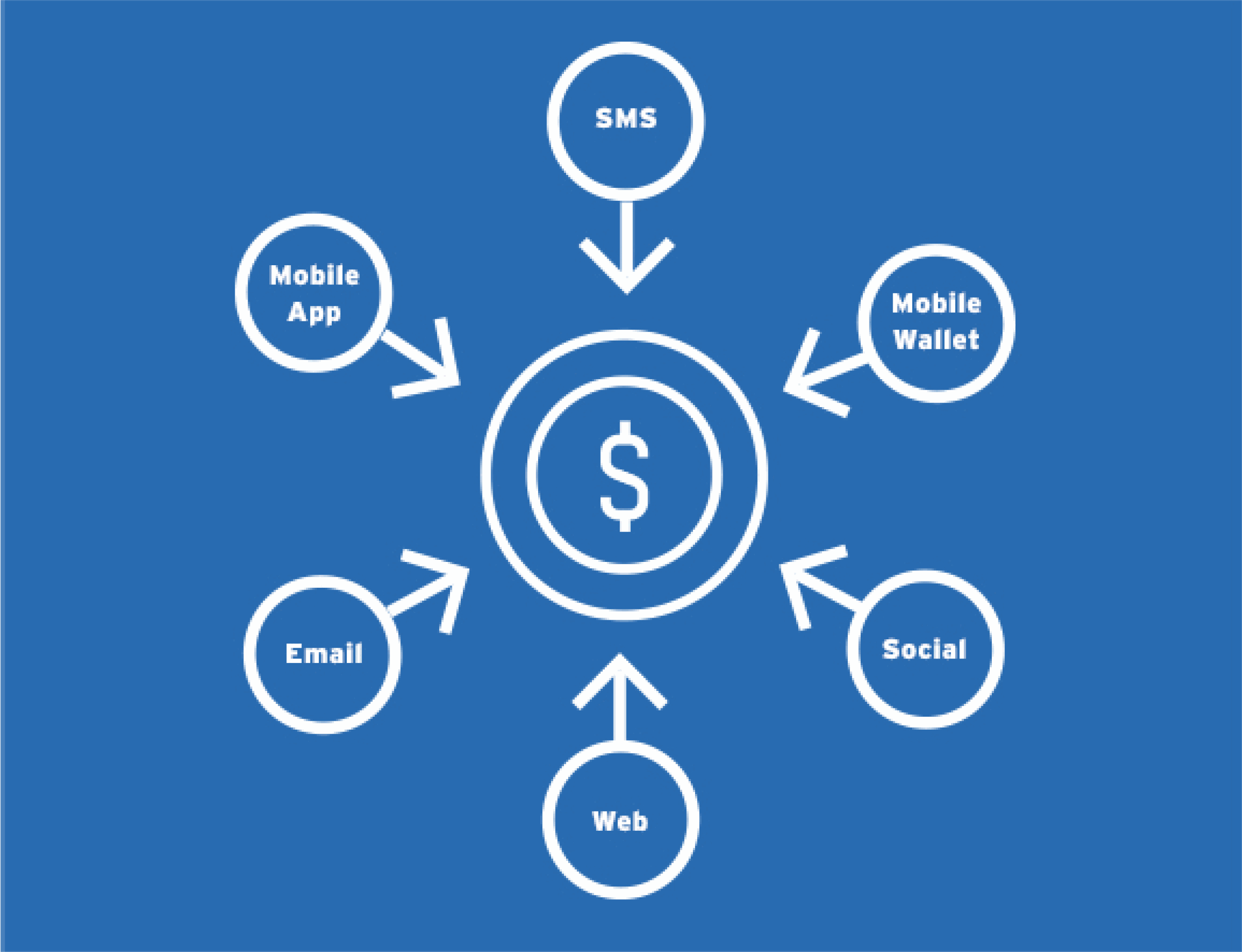DIGITAL COUPON PLATFORM
Deliver secure, personalized digital coupons across the customer lifecycle
The CodeBroker Digital Coupon Platform takes digital coupon software to a higher level by empowering marketers to create, deliver, and track personalized single-use digital coupons and mobile coupons throughout the customer lifecycle.
- Send each customer a personalized digital coupon – rather than one coupon to everyone – to drive more purchases – in-store and online.
- Employ a single use digital coupon software security model to ensure that offers don’t get used more than once or go viral.
- Attribute in-store purchases to mobile and digital marketing programs.

Digital Coupon Platform Components
Single-Use Digital Coupons and Offers
Create, deliver, redeem, and track personalized, single-use digital coupons and mobile coupons across multiple channels.
MyOffers Digital Wallet
Branded digital wallet gives customers mobile and desktop access to your latest coupons and promos.
SMS Marketing Software
Enterprise-class SMS marketing software combines advanced promotion SMS marketing features with ease-of-use.

Drive more redemptions with CodeBroker's Coupon Software
Customers have their preferred channels, and the CodeBroker Digital Coupon Platform is an omnichannel digital coupon software solution that enables marketers to create, deliver and redeem single-use digital coupons over any or all of a customer’s preferred channels.
Digital coupons and mobile coupons can also be set up for in-store/or online redemptions, with immediate expiration across all channels. Read more about coupon redemption software.
Drive engagement at each stage of the customer lifecycle
The CodeBroker Digital Coupon Platform gives you power and flexibility to employ single-use digital coupons and mobile coupons for all of your use cases, from driving short-term revenue spikes to building long-term customer value. With the CodeBroker's coupon software, all your bases are covered.
ACQUISITION
Orchestrate offers across the best channel mix to appeal to each consumer’s channel preference – and to drive high volume acquisition.
RETENTION
Deliver personalized, single-use digital coupons to individuals, rather than a discount to everyone. Reach customers who might be churning on the channels in which they are most likely to engage.
REACTIVATION
Deliver the high-value coupons and offers that get dormant customers to re-engage, with single-use security that eliminates the risk of offers being used more than once or going viral.

Omnichannel Analytics
Know when your campaigns drive store activity
- Track in-store redemptions back to your digital coupon and mobile coupon campaigns to prove campaign value.
- Measure a wide range of engagement analytics by campaign, list health/trends, coupon deliveries, views, and redemptions by channel/segment, sign-ups by individual store or website, and many others.
- Deliver engagement metrics directly to your CRM system to inform future offers.
Request My Demo
Complete the form to request your demo and we’ll contact you shortly.


